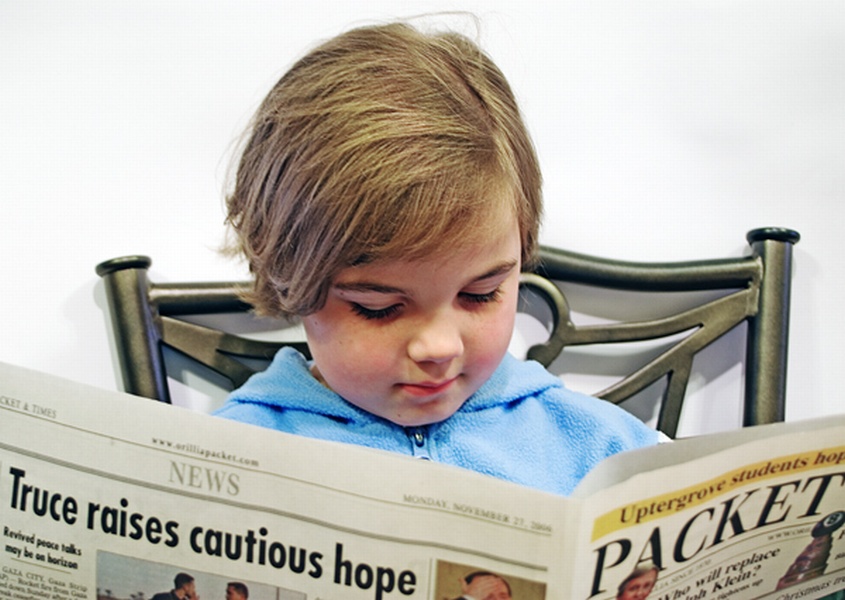Last week brought headlines that new results from the National Assessment of Educational Progress show U.S. students losing ground in reading and mathematics. Average scores in mathematics fell, while average scores in reading fell for eighth-graders and held level for fourth graders. And the number of students who haven’t mastered the basics is shocking, as described by the Washington Post:
The 2015 scores show that 64 percent of fourth-graders and 66 percent of eight-graders are not considered proficient in reading. In math, 60 percent of fourth-graders and 67 percent of eighth-graders are not considered proficient.
These are just the kind of attention-grabbing headlines that lead the public and policymakers to keep a laser-like focus on strategies for helping weak students get up to par.
In their important new book, Failing Our Brightest Kids: The Global Challenge of Educating High-Ability Students, Chester Finn and Brandon Wright don’t dispute the need to attend to students who aren’t mastering the basics. But they remind us that focusing on struggling students directs our attention away from high-ability students. And we ignore the needs of high-ability students at our collective peril:
A nation’s economic vitality and growth depend heavily on the quality and production of its human capital and its capacity for innovation. At the forefront of creation, invention, and discovery are—nearly always—the society’s cleverest, ablest, and best-educated men and women.
And yet, Finn and Wright insist, we’re now so focused on getting kids to proficient that we’re simply not attending to high-ability kids:
The quest for excellence has all but vanished from our education priorities—and it’s more thoroughly absent when such questing means paying attention to the schooling of high-ability children.
How could it have happened that policymakers have stopped attending to these students? A few decades ago, the Soviet success in launching Sputnik and other Cold War challenges focused policymakers’ attention on cultivating the best and the brightest. What changed?
Finn and Wright note the importance of the landmark 1983 report A Nation at Risk that focused attention on improving the performance of weak students. The 2001 No Child Left Behind law reinforced the focus on struggling students: when you’re intent on leaving no child behind, you simply can’t be as intent on helping the quickest dart ahead.
An important reason for ignoring high-ability students is that we simply don’t know which policies best support the most able students, and we don’t have good data that would help us puzzle that out, or even an agreed-upon definition of what it means to be “gifted.” Since policymakers—and many philanthropists—aspire to “data-driven decision-making” and “measurable results,” the fact that we don’t yet have good data discourages public and philanthropic investments in this area. That’s why one of Finn and Wright’s top recommendations is to support research on bright students.
A more philosophic reason for focusing attention on struggling rather than on high-ability students is that there’s justice to the claim that high-ability students already have a leg up on others, and we should therefore focus on helping those student who need more help. Focusing on high-ability students fosters the kind of “natural aristocracy” that appealed to John Adams and others of the Founders but seems undemocratic to many Americans.
Finn and Wright recommend that we do more for high-ability kids across the board. They’re especially compelling in arguing that policymakers and philanthropists should do more for bright children from disadvantaged backgrounds. We do a poor job of helping these kids: as they report, only 2% of U.S. students in the lowest socio-economic quartile achieved top scores in math in an international survey, while 20% of U.S. students in the highest socio-economic quartile achieved top scores. Helping children brimming with academic promise but whose households don’t have the resources to visit museums and travel, who might not get read to at bedtime, and who most likely have fewer high-achieving schoolmates seems like a good place to start.






